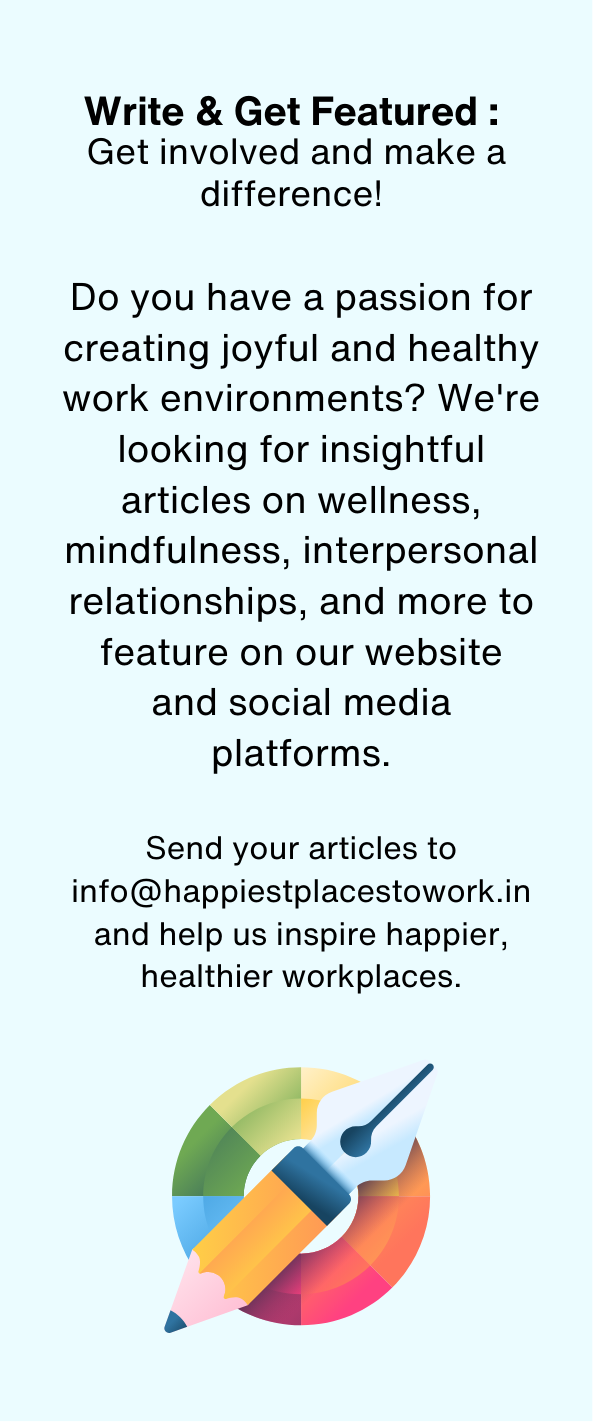The Power of Belonging: A Story of Inclusion in Action

In the corner of a vibrant office filled with buzzing conversations and diverse personalities, a young woman named Neha worked quietly at her desk. She had recently joined the team and was excited to contribute her unique perspective, but a lingering sense of hesitation held her back.
Neha wasn’t alone in feeling this way. In workplaces across the globe, many individuals struggle to feel truly included—not just welcomed but valued for who they are. What Neha didn’t know was that her workplace was on the brink of a transformation, driven by an idea that inclusion wasn’t just a checkbox; it was the foundation of a thriving, connected community.
Inclusion, as the leadership team had come to realise, wasn’t about tolerating differences—it was about embracing them. A workplace isn’t just a group of people performing tasks; it’s a tapestry of experiences, cultures, and perspectives woven together to create something extraordinary.
For too long, the company’s policies had focused on diversity alone—bringing in people from various backgrounds. But diversity without inclusion, they learned, was like collecting threads without weaving them into a meaningful design. Inclusion was the process of stitching those threads together, ensuring every voice was heard, every idea considered, and every individual felt they belonged.
The change began with a simple, yet powerful question: “How can we ensure everyone feels seen, heard, and valued?”
Leaders started by listening. They held open forums where employees like Neha could share their experiences. Some spoke of feeling overlooked during team meetings, while others mentioned subtle biases that made collaboration difficult. The leadership team realised that inclusion wasn’t just about eliminating barriers; it was about proactively creating opportunities for connection. They launched initiatives to address these challenges:
Inclusive Leadership Training: Managers learned to recognize unconscious biases and foster open communication.
Celebration of Cultures: Monthly events highlighted the diverse traditions and stories of the workforce, creating a sense of shared respect.
Mentorship Programs: Employees from underrepresented groups were paired with mentors who championed their growth.
As these changes took root, Neha noticed subtle yet meaningful shifts in her daily interactions.
During a brainstorming session, her manager paused and said, “Neha, I’d love to hear your thoughts on this.” It was a simple gesture, but it gave her the confidence to share her ideas. When she proposed a new approach to a project, her colleagues embraced it, building on her suggestion instead of dismissing it.
These moments, though small, added up. The office began to feel less like a collection of individuals and more like a united team. Inclusion isn’t just about the big initiatives—it’s about the culture they create. Over time, the workplace became a space where:
Ideas Flowed Freely: People from different backgrounds collaborated without fear of judgment, leading to innovative solutions.
Connections Deepened: Employees formed genuine relationships, celebrating each other’s successes and supporting one another through challenges.
Potential Was Unleashed: Neha, once hesitant, thrived in her role, contributing ideas that led to measurable business growth.
The workplace had become a quilt, each individual a unique thread contributing to the beauty and strength of the whole.
As Neha reflected on her experience, she realised inclusion wasn’t a destination—it was an ongoing process. Just as a quilt requires care and attention to remain strong, workplaces must continually nurture inclusion to sustain their culture.
Inclusion isn’t just about policies; it’s about people. It’s about seeing each person as essential to the team and ensuring they feel empowered to bring their whole selves to work.


